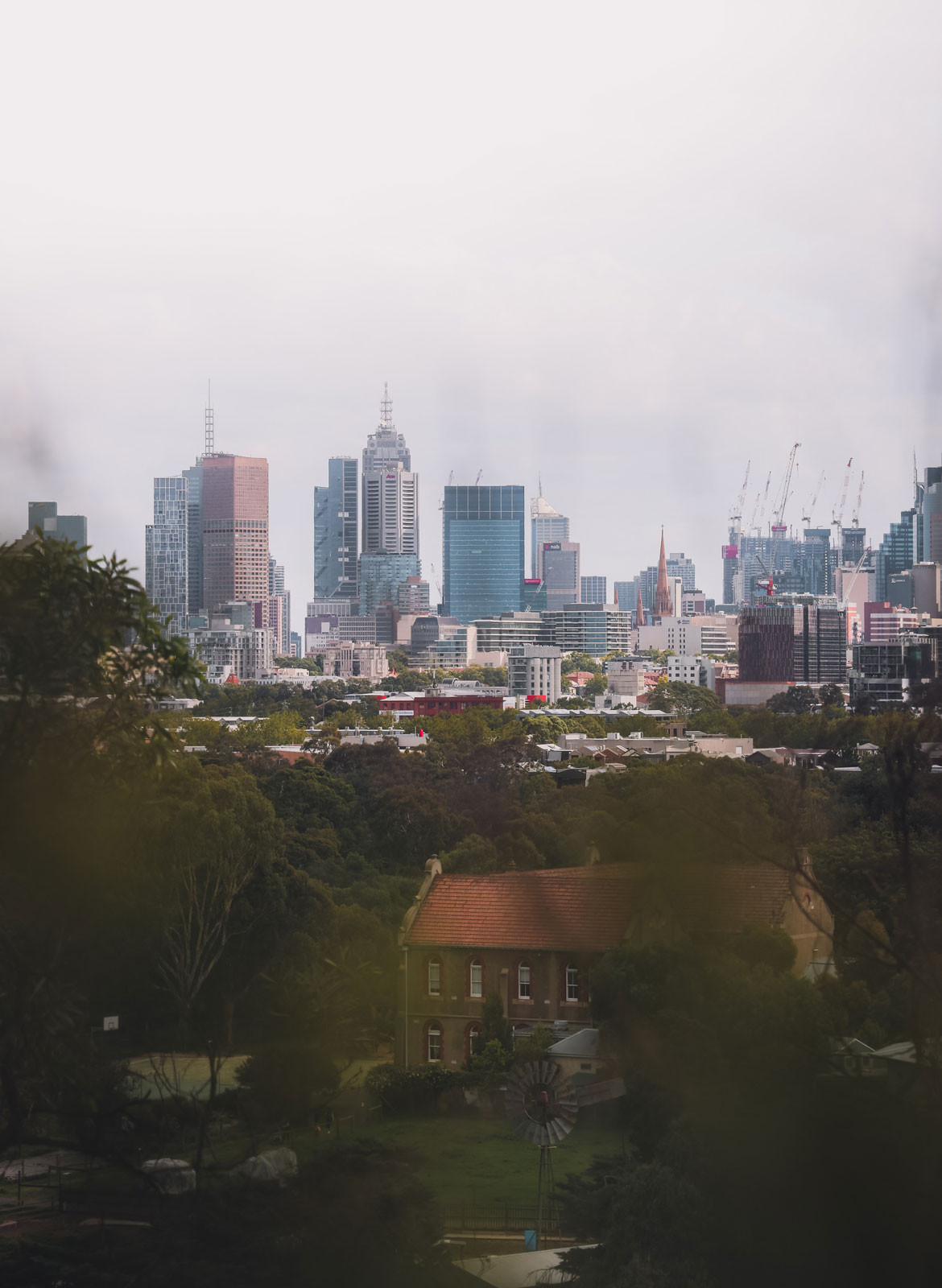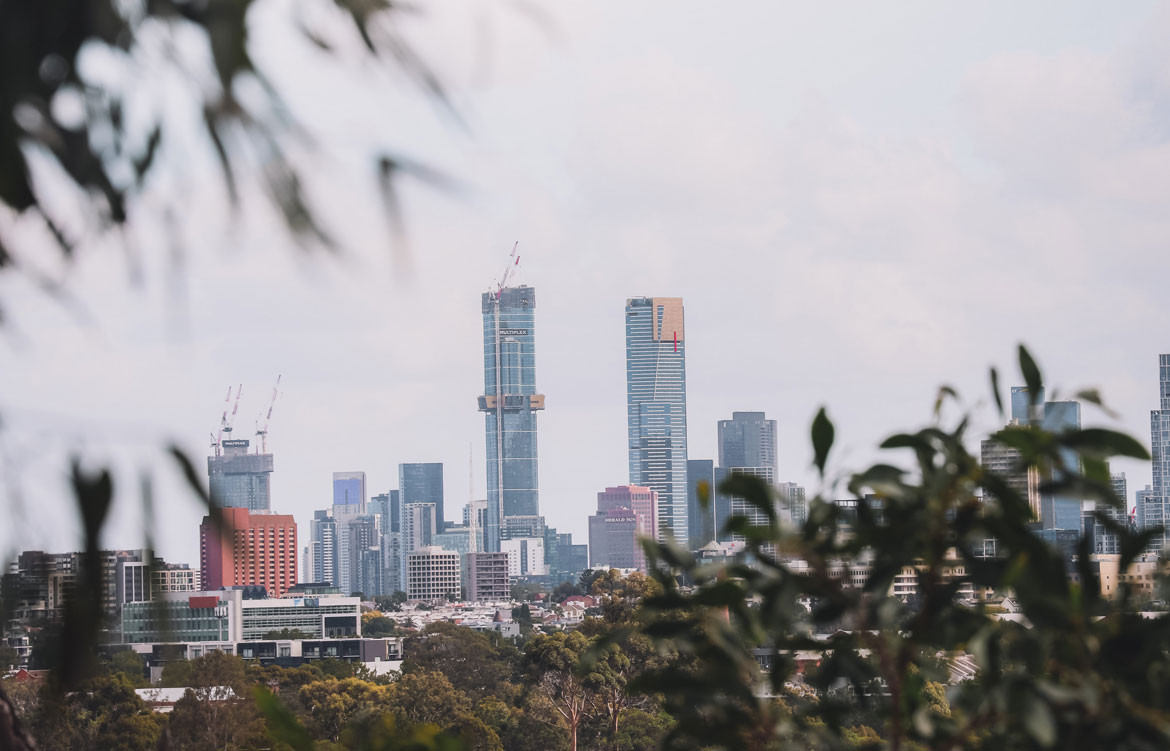According to the most recent United Nations estimates as at August 2020, the population of the world is now 7.8 billion people. As the human population increases it seems that our cities become filled to capacity, some more densely than others, and understanding the dynamics of growth and where this is happening is integral to planning for the future.
Logically when the population becomes more dense, then there is an impact on architecture within cities and the conversation for the best way forward, urban spread versus high-density city living, becomes a hot point of discussion.
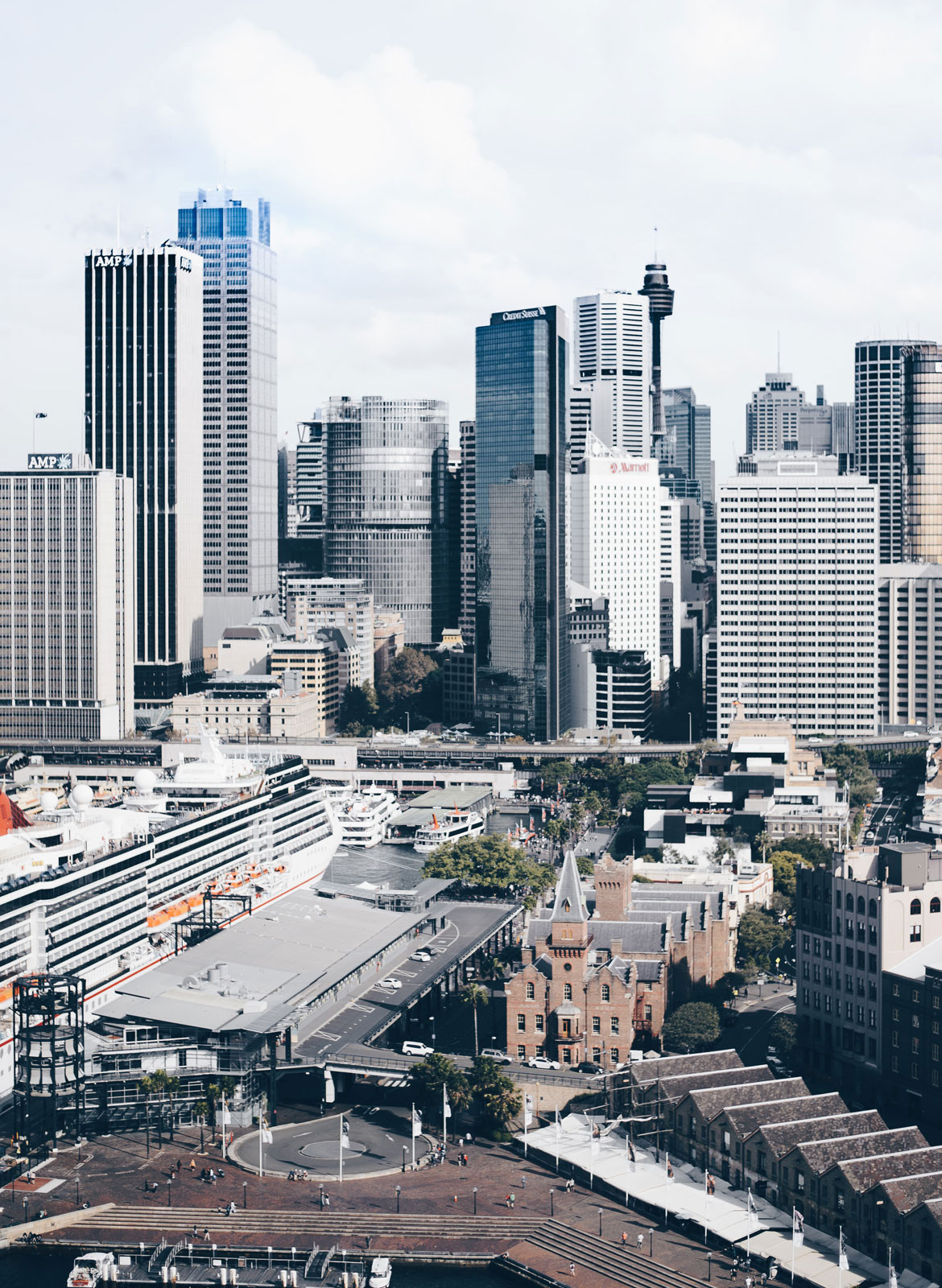
Definition
To understand what is meant by population density is important. The population density definition is the measurement of the number of people per unit of area, which is usually a square kilometer or mile that may or may not include bodies of water such as lakes or glaciers. The population density formula is calculated by dividing the number of people by an area, for example, if there are 2400 people in an area of 1,200 square kilometers, the population density is two people per square kilometre.
Australia Population Density and Population
Australia is the sixth largest nation in the world and has an estimated population of 25,499,884 people, however Australia is one of the most sparsely populated countries in the world with a density of just 3.3 persons per square kilometre. With much semi-arid land the majority of the population lives near the coast and 80 per cent of the population live in the south east of the country. However the Australian Capital Territory has the highest population density of any state or Territory with 171 people per square kilometer, followed by Victoria at 27, New South wales at 9.7 and Tasmania at 7.6 people per square kilometer.
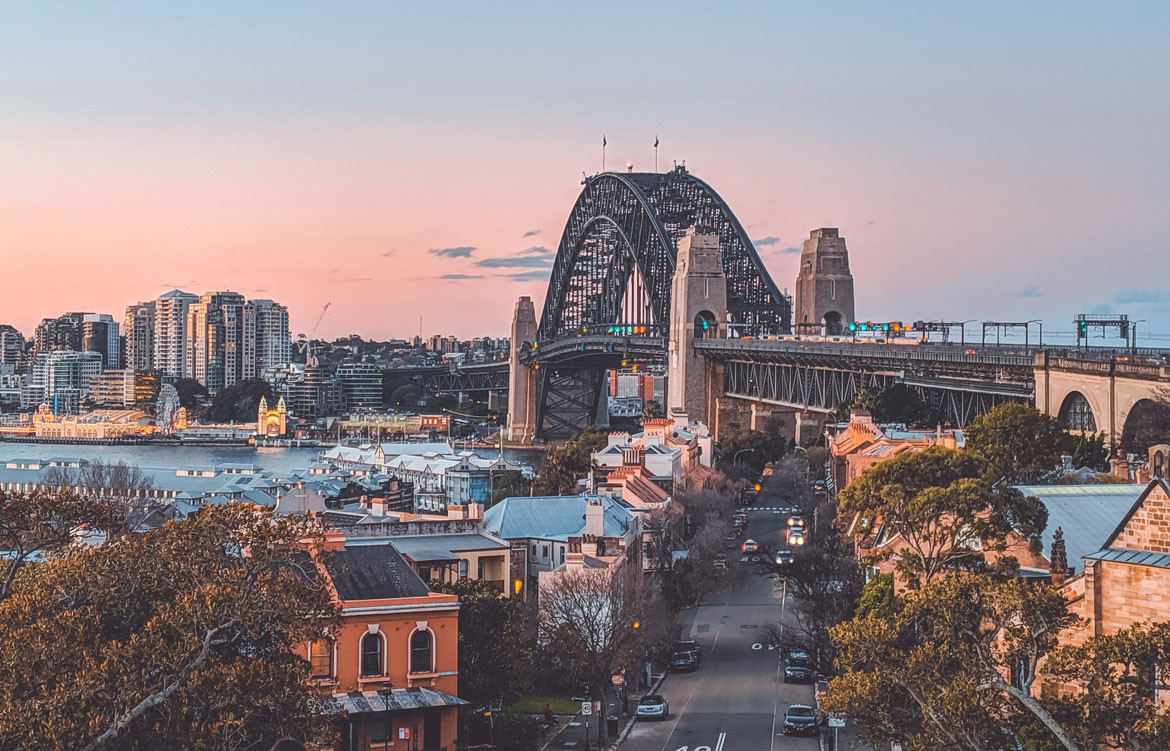
Sydney in New South wales is the fastest growing and the most populated city in Australia with 5,230,330 people (as at June 2018), and a population density of 430 people per square kilometre. At the other end of the scale is Darwin, least populated city in Australia, with a population of 140,000 people and a population density of only 44.98 people per square kilometer. Brisbane’s population of 2.48 million enjoys a population density of just 45 people per square metre but for the ultimate in quiet time, the Northern Territory averages just 0.2 people per square kilometer making it the lowest population density area in Australia.
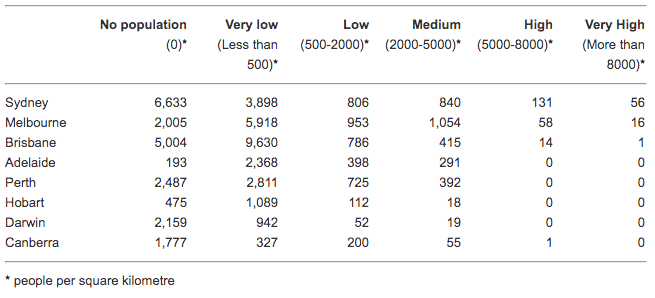
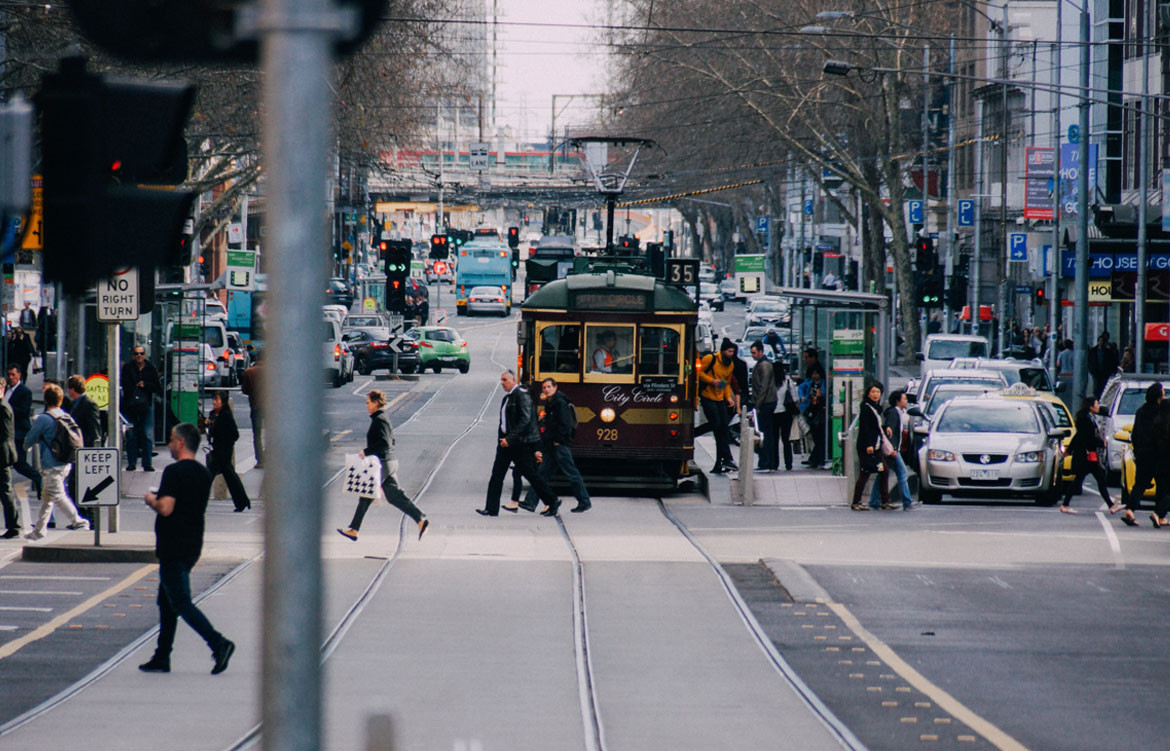
As the second city in Australia, Melbourne has a population of 4,967,733 people however inner-city Melbourne is now the most densely populated suburb within Australia with 19,500 people per square kilometer (2017 Australian Bureau of Statistics’s data) followed by Potts Point to Woolloomooloo, in inner Sydney, with 16,300 people per square kilometer.
Population Density by Country
The most densely populated country in the world is Monaco with a population density of 26,337 people per square kilometre. Followed by Macau, Singapore, Hong Kong and Gibraltar at 5620 people per square kilometre. While the least densely populated country in the world is Mongolia with a population density of 2.1 people per square kilometre, followed by Namibia and then Australia. Greenland is the least populated territory with 0.14 people per square kilometre.

An interesting fact is that the Vatican City in Italy with a size of 110 acres has a population of 807 people and lays claim as the smallest sovereign state in the world by both area and populace.

Population Density by City
The definition of city varies according to whether outlying areas are included or not however UNICEF defines city proper as “the population living within the administrative boundaries of a city or controlled directly from the city by a single authority”. As an example, Chongqing in China lays claim to be the largest city proper in the world with an administrative area of some 82,403 square kilometres (or roughly the same size as Austria) but more than 70 per cent of the 30 million population are farm workers and live in a rural setting.
While a country may have a smaller population, particular cities can have a high population density and according to newgeography the city with the highest population density in the world in 2020 is Dhaka in Bangladesh. The city has an estimated population of 15,443,000 and the population density is a staggering 33,878 per square kilometre. Dhaka is followed by Mumbai, India with a population of 23,355,000 and a population density of 24,773 people per square kilometre. Other cities in the top five for high-density living are Delhi and Kolkata in India and Manila in the Philippines.
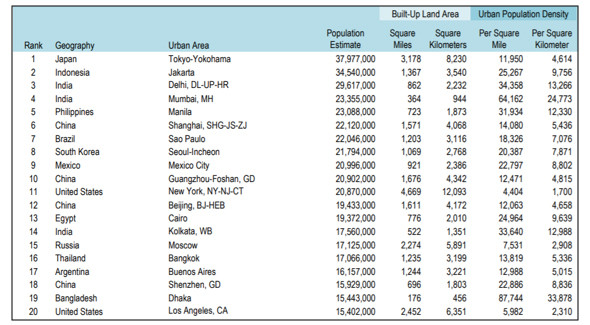
The urban area of Tokyo –Yokohama in Japan has the world’s highest estimated population at 37,977,000 but a smaller population density of 4,614 people per square kilometre.
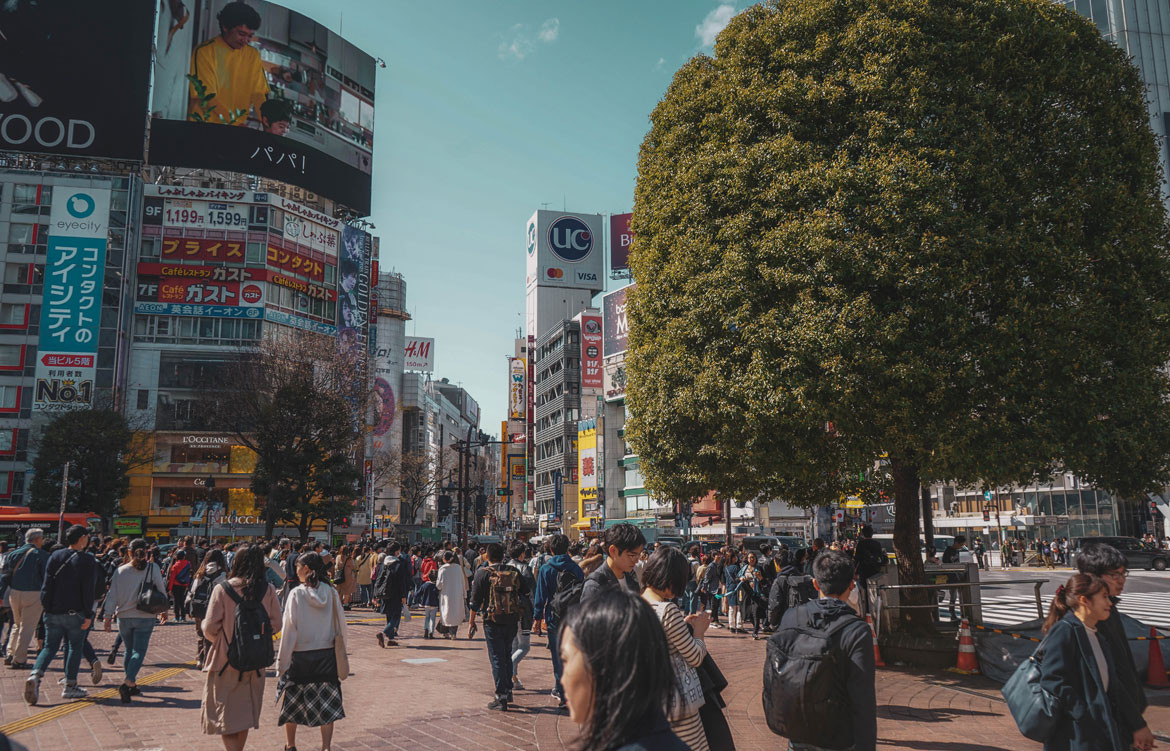
All the figures and tables can present a chaotic picture of just how our world of 2020 is living and populating, however each country grapples with the same challenges to a lesser or greater extent. As the population increases resources become more limited and as cities expand rural areas are depleted, infrastructure is required, buildings are erected, and people move from the farm to an apartment or unit in the city for work and a better lifestyle for their families.
Today the biggest challenges are to design cities that respect the planet and afford the population amenity and a standard of life to enable prosperity. As Australia’a population density changes, it is essential to identify the most suitable models for future habitation that can support a growing population and care for the environment. In highly populated cities this means high-density architectural forms and well designed master plans to help plan for the decades ahead. China has embraced the master plan system when establishing new cities with the hope of alleviating pollution and to afford a more progressive lifestyle for the next generation.
China however is not alone seeking to find architectural design solutions to overcrowding and high-density living as India and many Asian countries look to the future with master plans for cities that will take each country into the next century. With finite resources and greater population density ahead, architecture can help plan the built environment and infrastructure for the future while respecting the earth and resources that are currently available.
